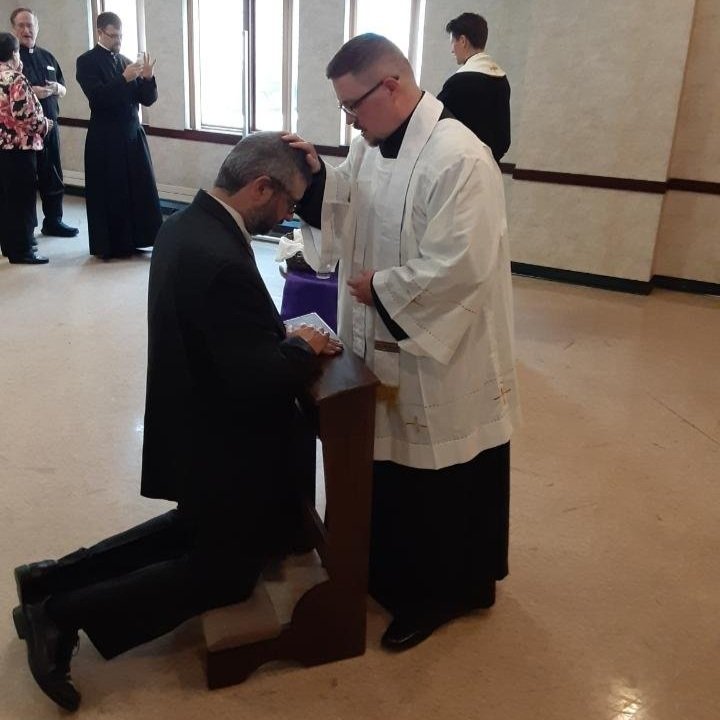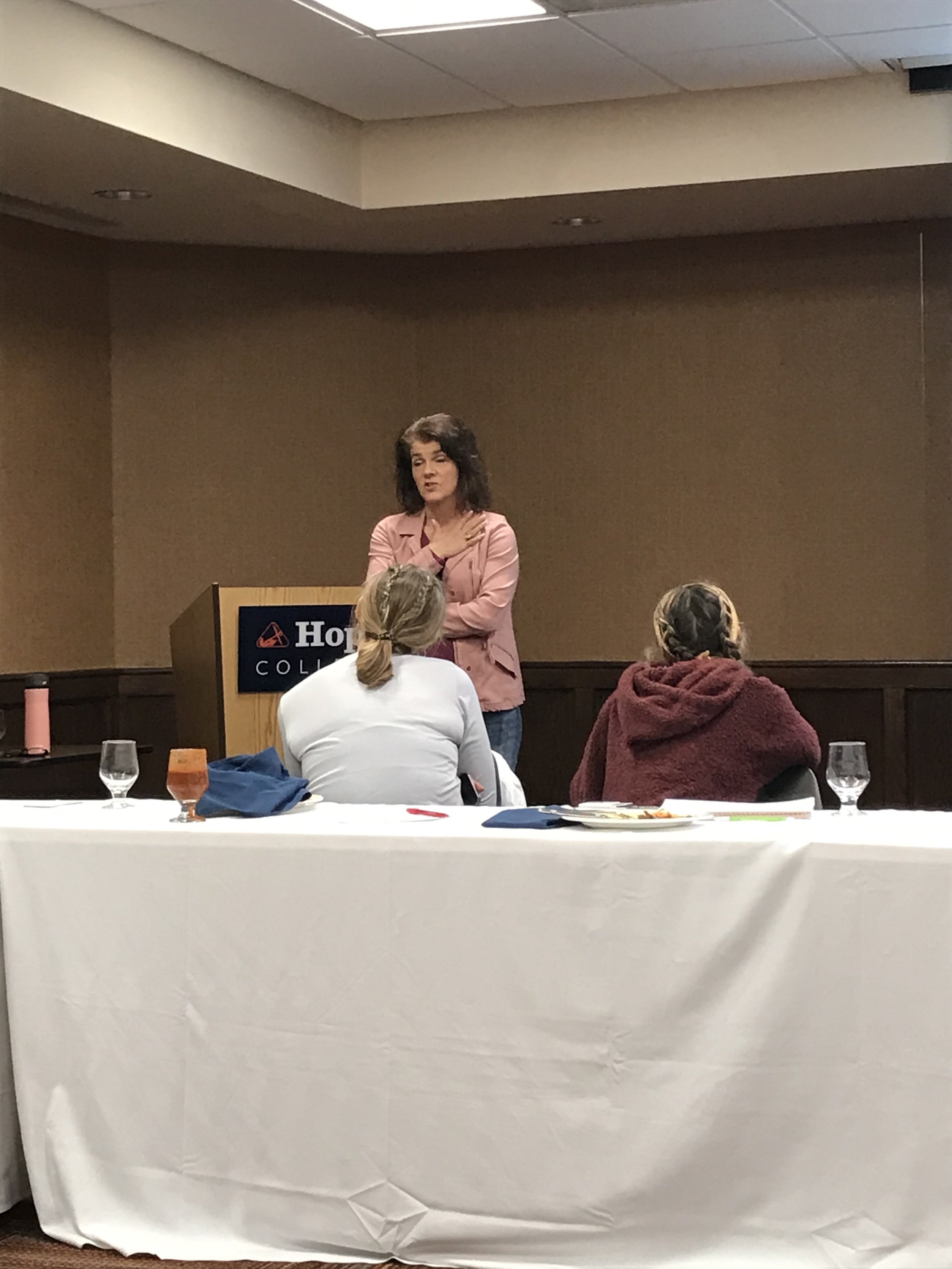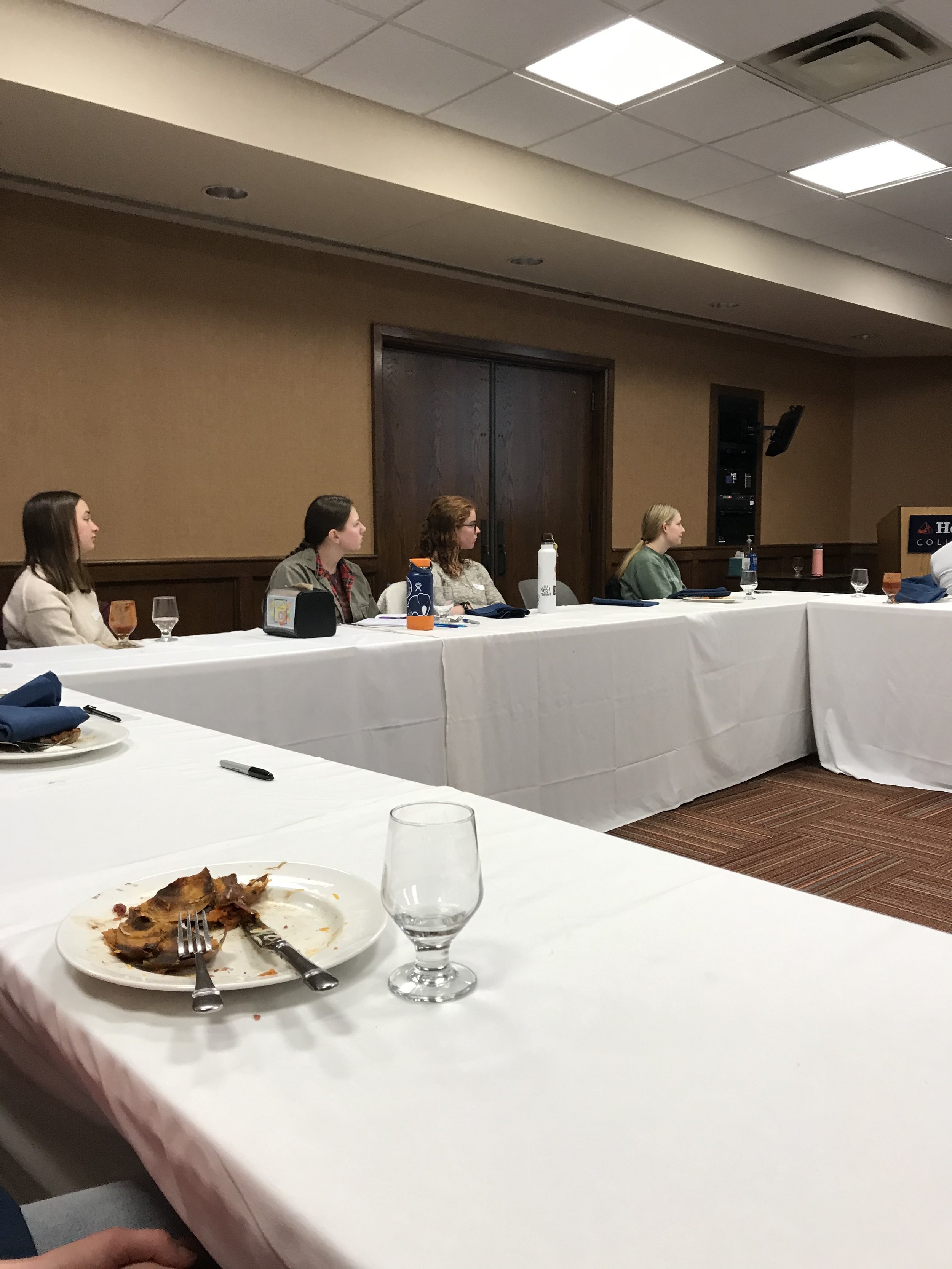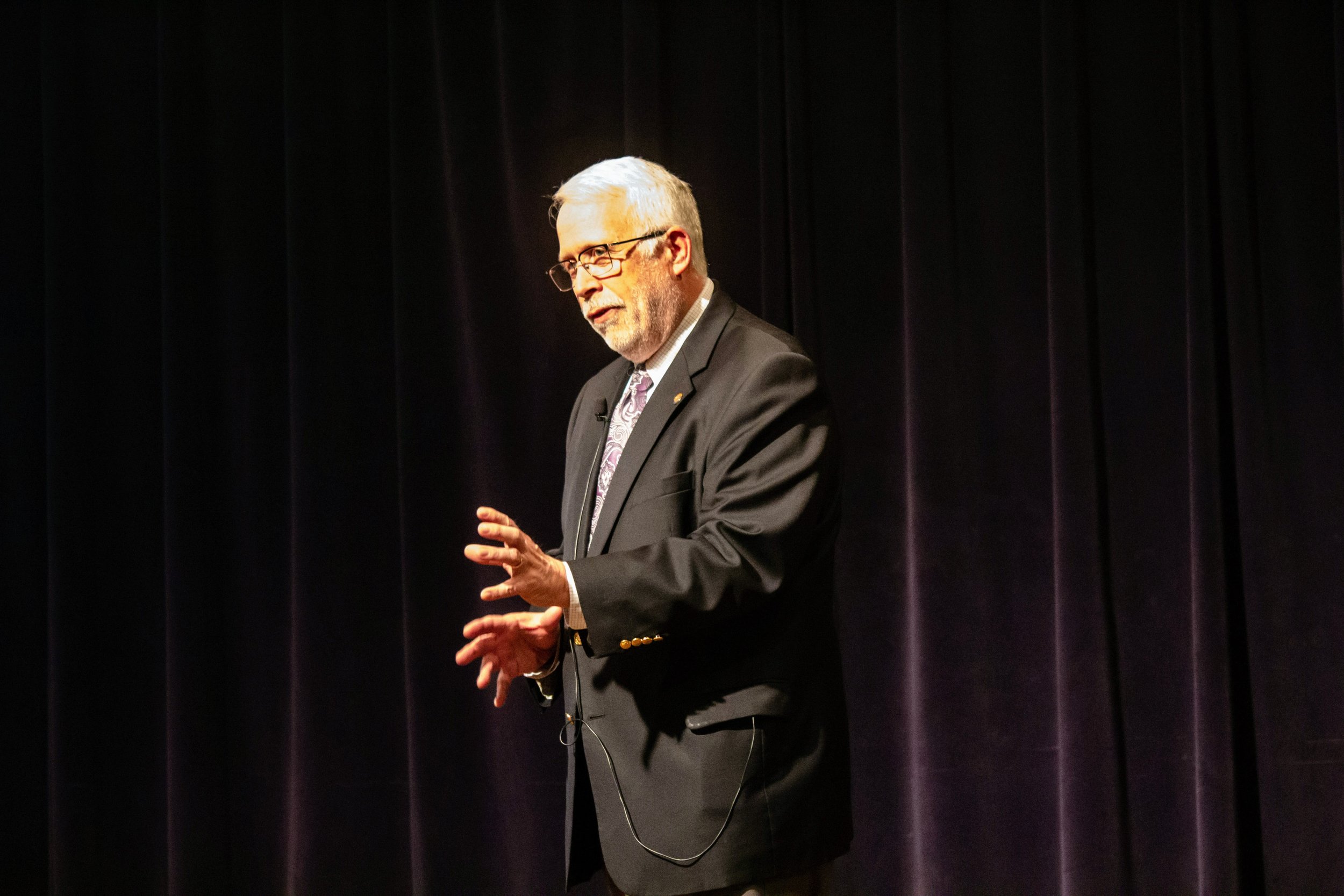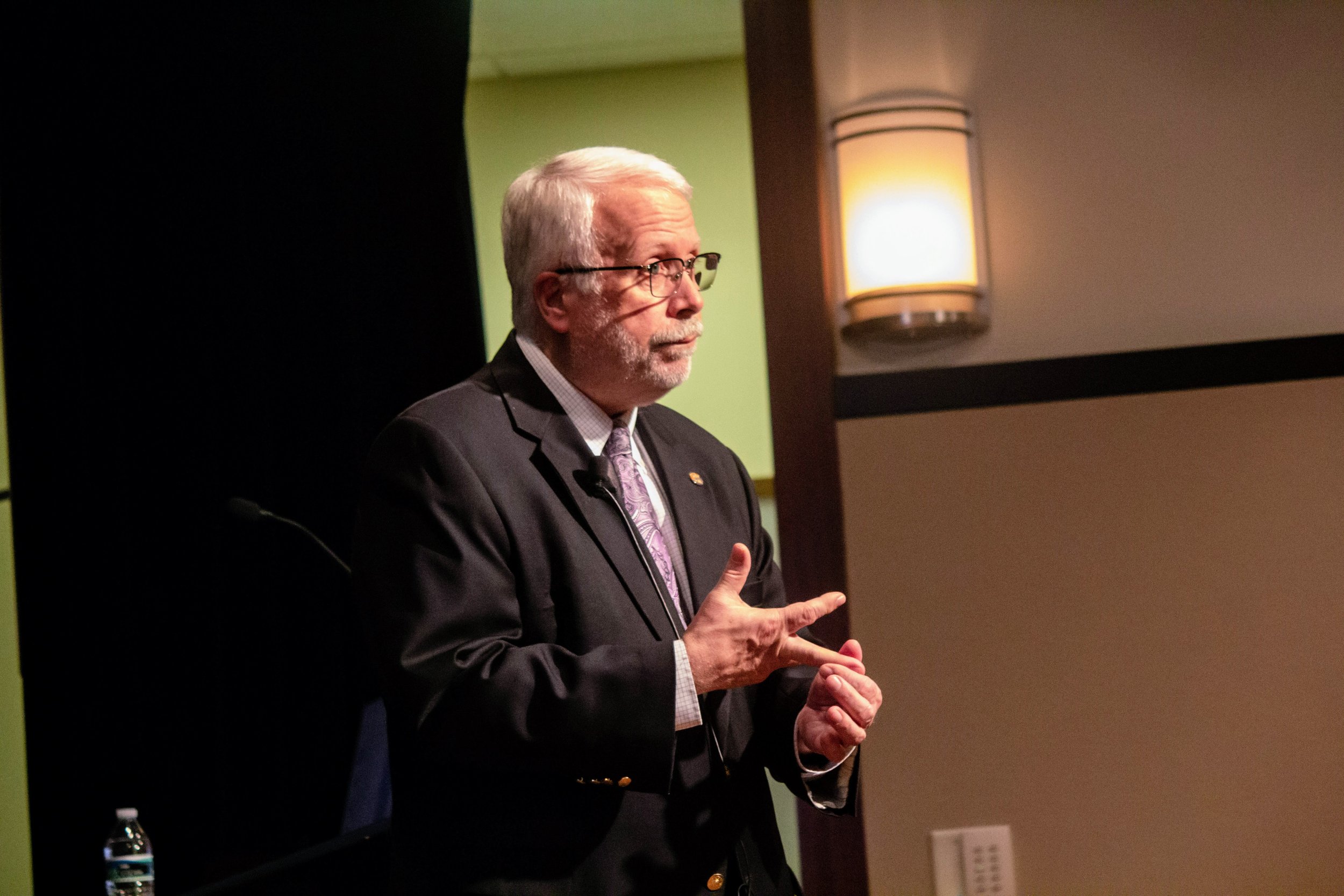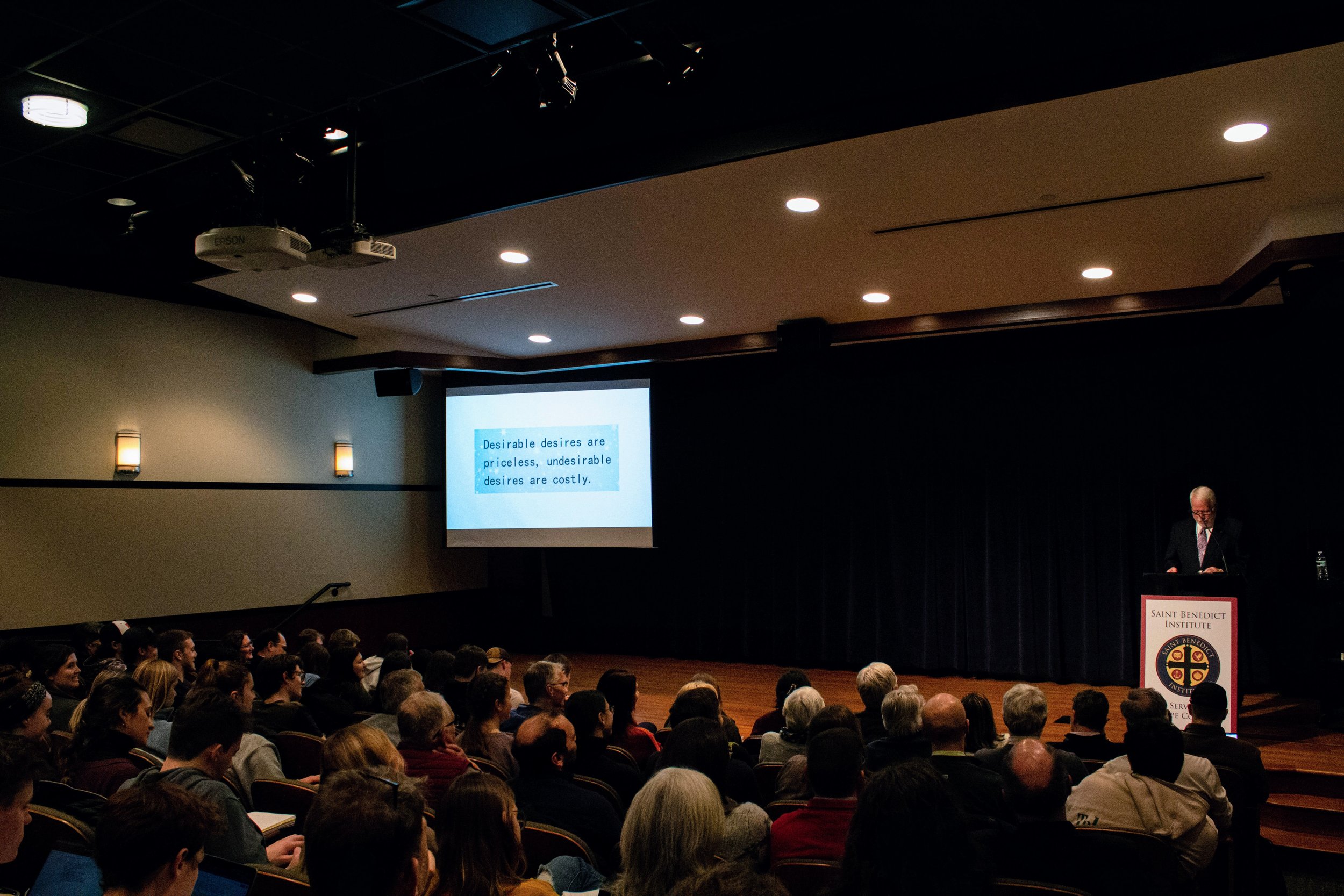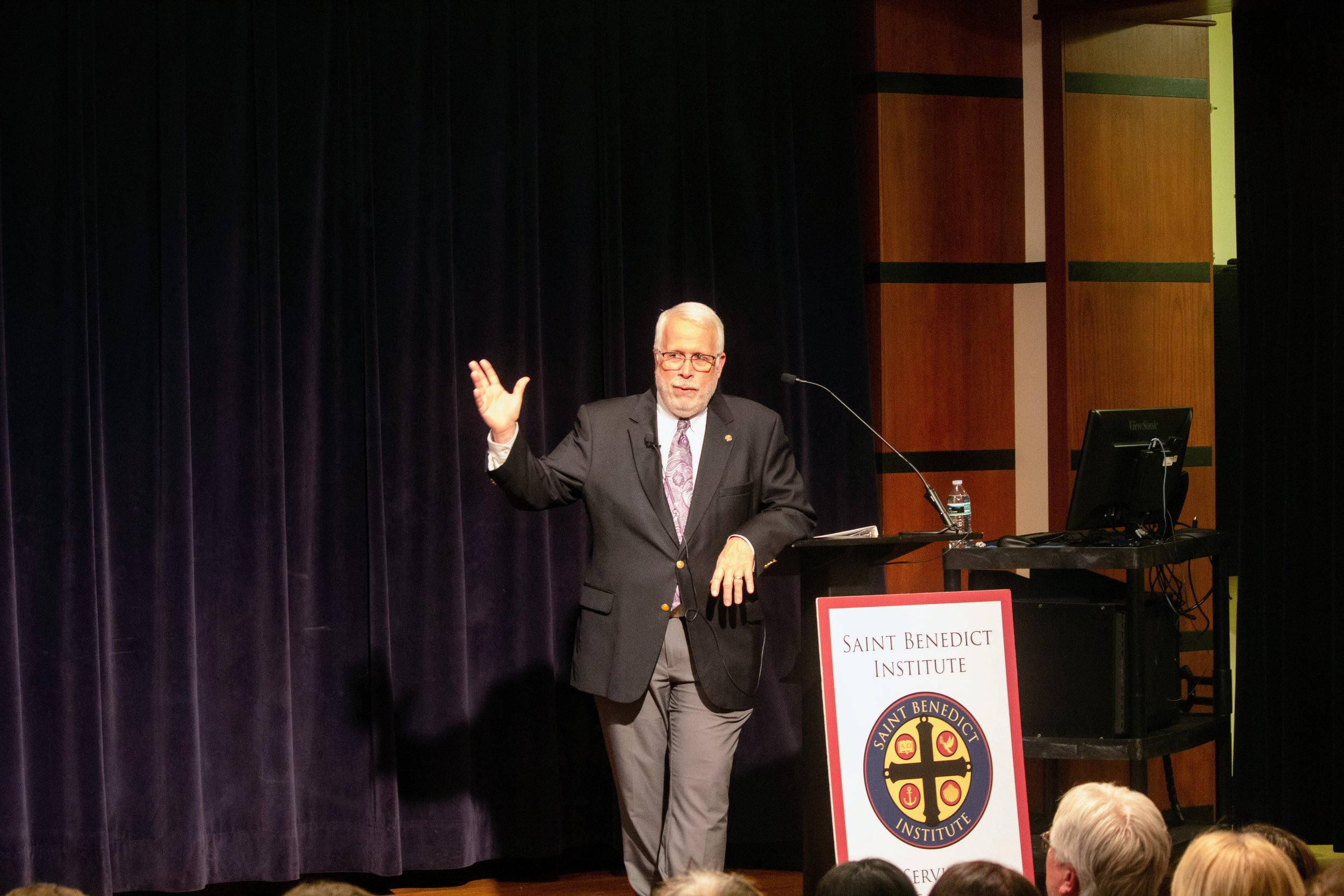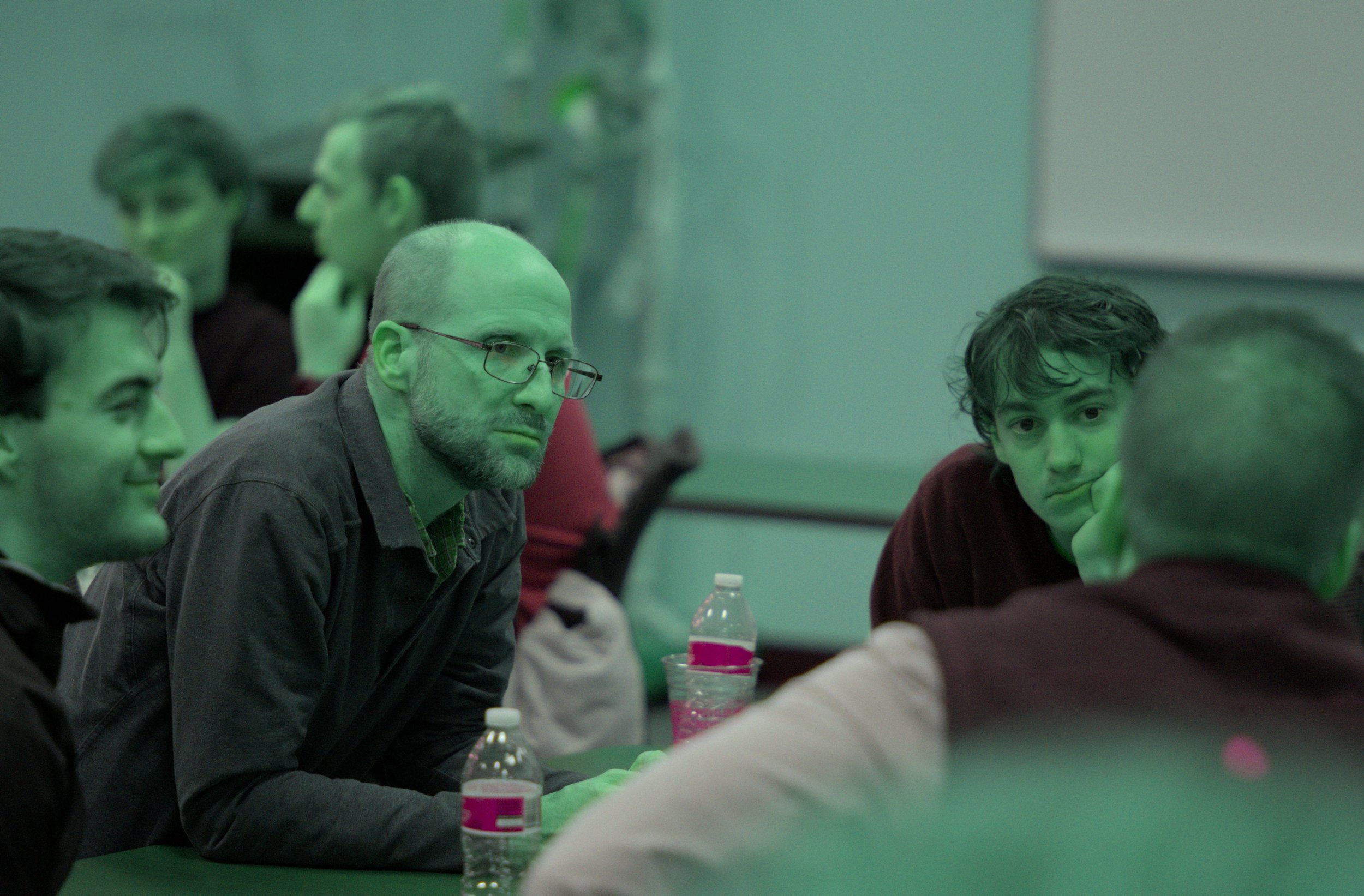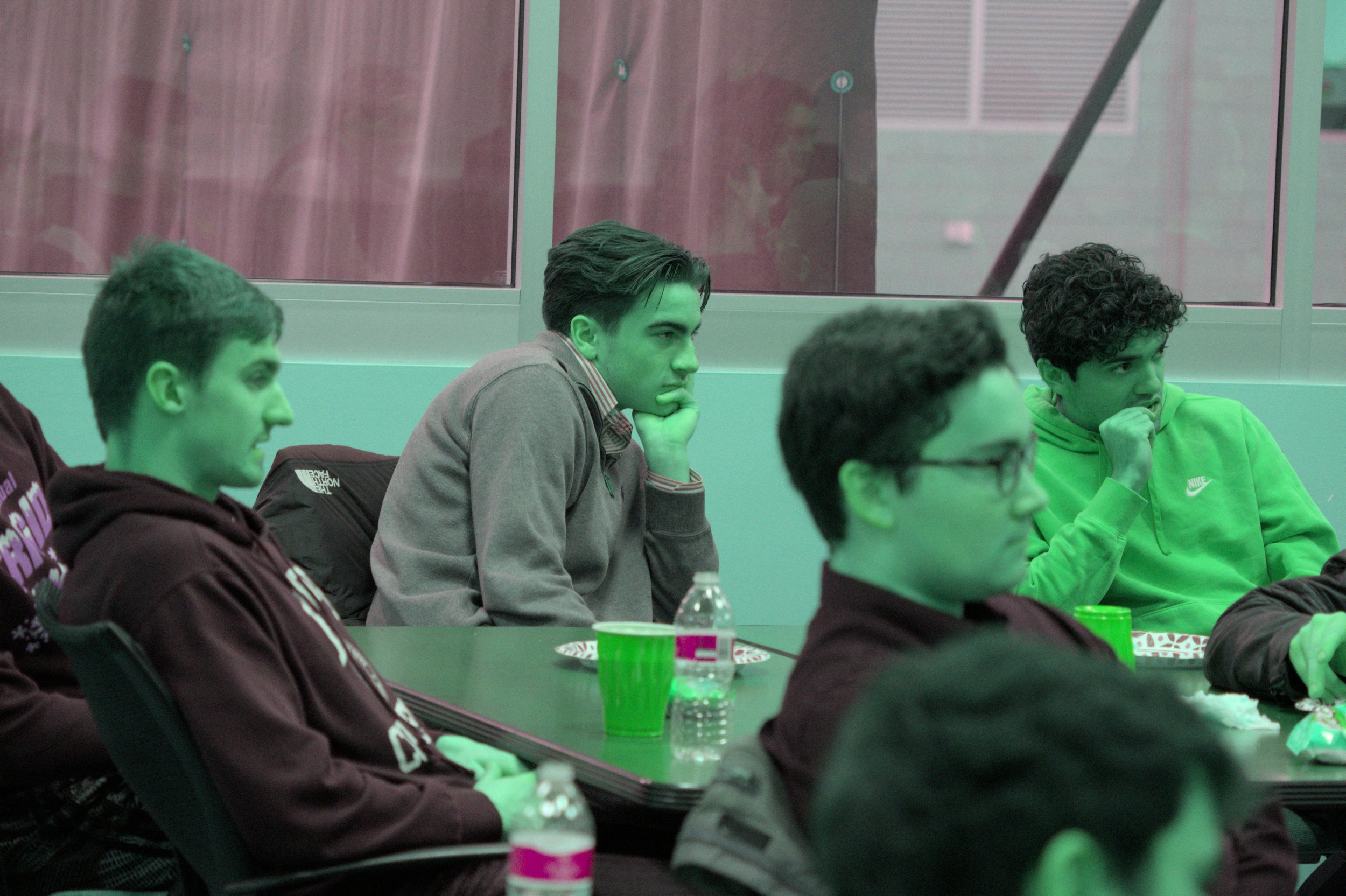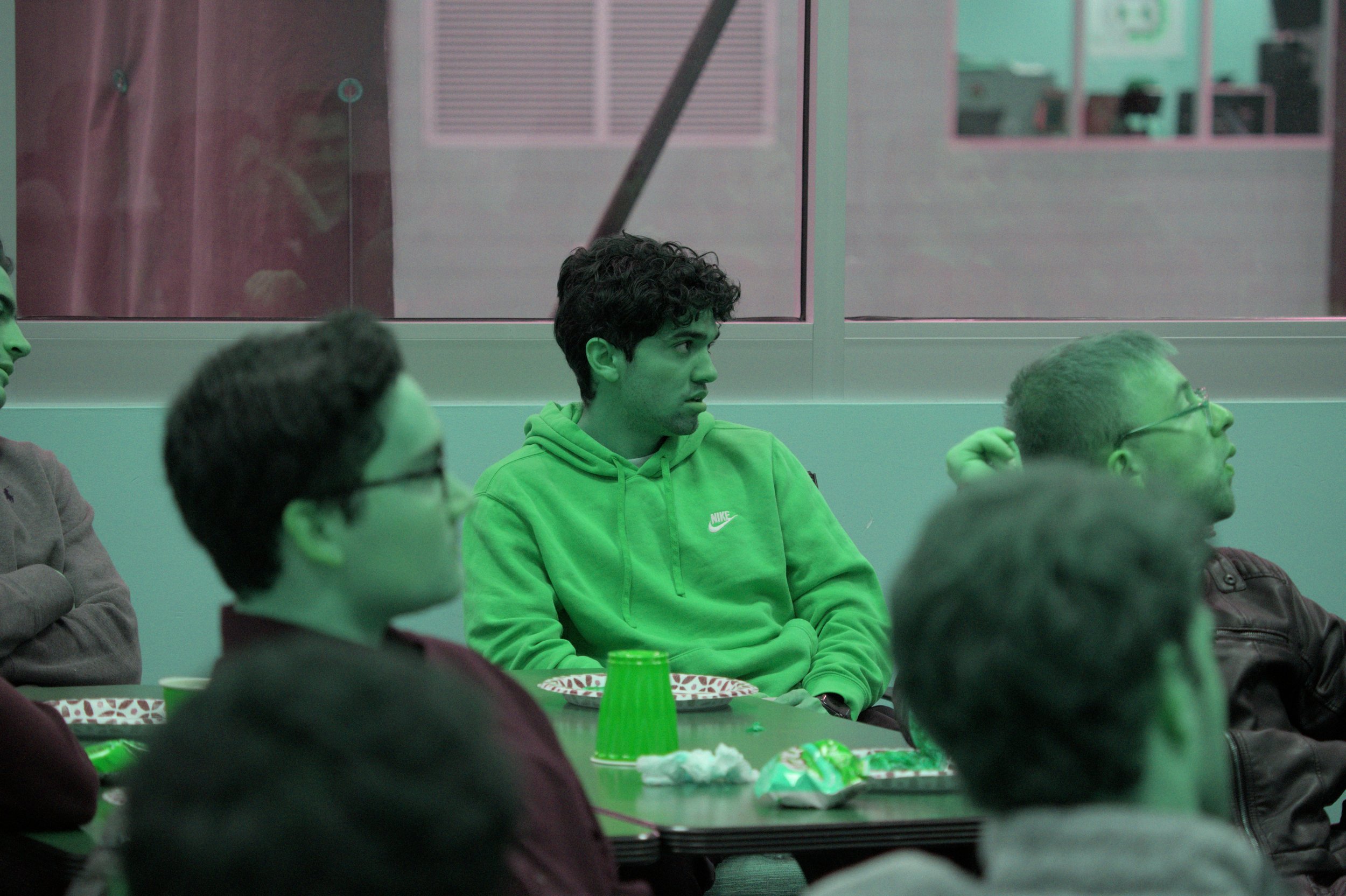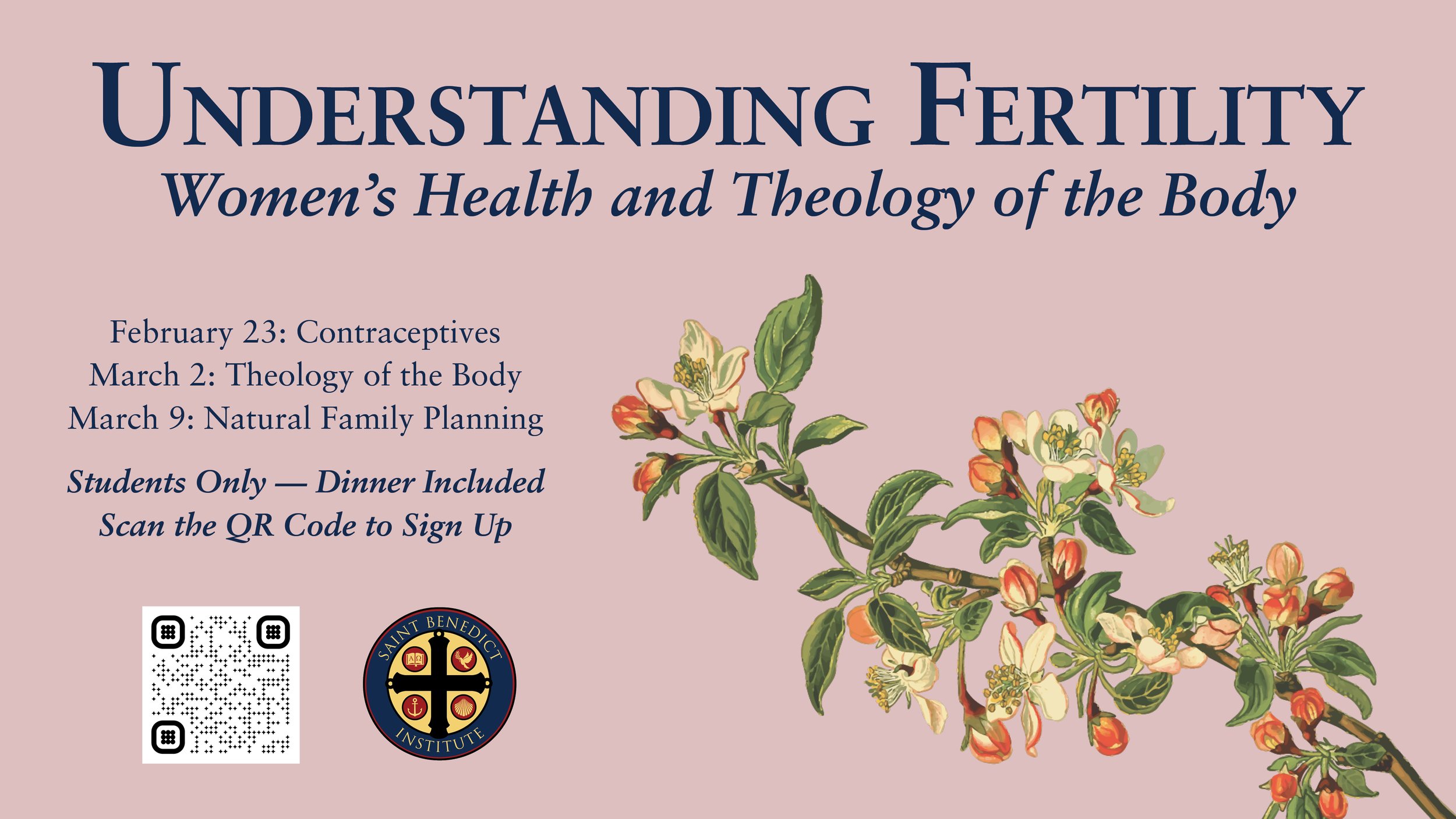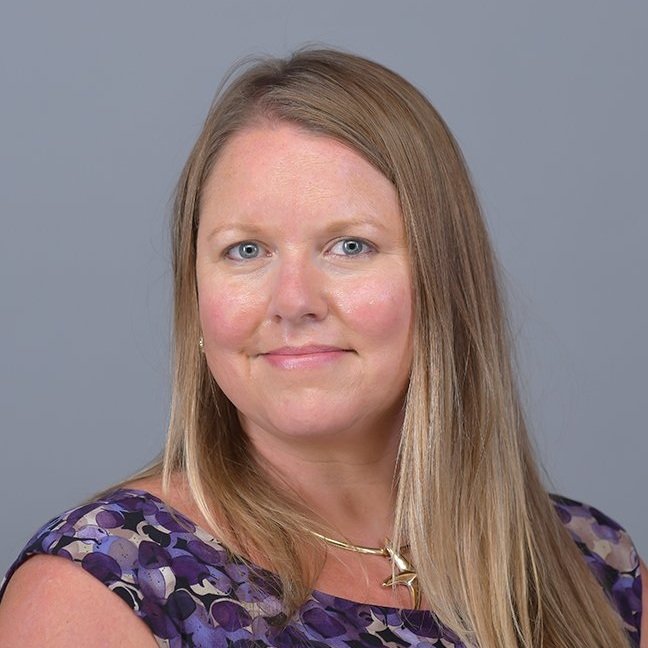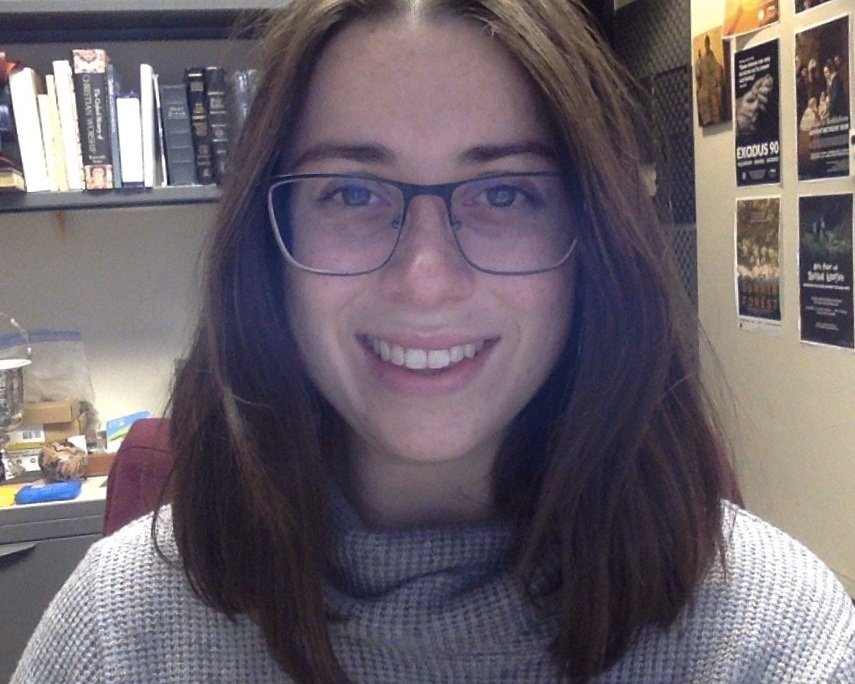Fr. Nick recently blessed the icons in the Saint Anne Oratory at the Carol C. Schaap Chapel. Thank you to all our supporters who made these icons possible!
Hope Catholic Ordained to the Priesthood on June 10, 2023
Originally from Lansing, MI, Corey Bilodeau graduated from Hope College in 2014. The Saint Benedict Institute helped fund Corey’s discernment pilgrimage to the Holy Land, and then he entered Sacred Heart Major Seminary in Detroit, MI, in 2017. On Saturday, June 10, 2023, Corey was ordained to the priesthood for the Diocese of Lansing, MI. SBI co-founders Jared Ortiz and Jack Mulder had the privilege of attending the ordination Mass. We pray that the Lord will bless Fr. Corey abundantly as he begins his priesthood!
To learn more about Fr. Corey’s journey to the priesthood, watch these two videos from the Diocese of Lansing:
Back in 2017, the Saint Benedict Institute asked Corey to say a few words about his journey to the priesthood and the Holy Land. This is what he had to say:
“I had not thought much about the priesthood until my senior year of college. The catalyst that propelled my thoughts towards the priesthood was Dr. Ortiz’s Catholic Christianity class. He really went into depth about why Catholics believe what they believe. When we went over the topic of vocations I was instantly drawn to this idea of maybe I was being called to the priesthood.
“After graduation, I volunteered in the Archdiocese of Baltimore for one year as Volunteer Coordinator in a soup kitchen. I realized I had to pursue the priesthood more seriously. After much prayer and spiritual direction, I applied to seminary. Part of my discernment process was a pilgrimage to the Holy Land.
“One of the highlights of that trip was that we were able to have Mass on the beach of Capernaum. It was an amazing experience to celebrate the Holy Sacrament of the Eucharist where Jesus called His first disciples. I then had the opportunity to ponder on the beach what God was calling me to do in terms of my vocation.
“Another highlight was hiking up Mount Tabor, which is where the Transfiguration happened. We did it in silence and it took about two hours to hike 1500 ft. to the top. It gave me time to really pray without any distractions and I asked for God’s mercy and for Him to grant me the gift of celibacy for the priesthood.
“It was a truly blessed time where I learned how to read the Bible more deeply. I also learned how to draw closer to God in a personal and real way.”
Year-in-Review: 2022-2023
The 2022-2023 academic year was another great one for the Saint Benedict Institute and Catholic students at Hope College. Here are the highlights:
1. Student Interns
Our team grew this year when we welcomed four student interns in fall 2022. They are William Hurley, liturgy intern; Cameron Maloney, Exodus 90 intern; Kirsten Miskowski, evangelization intern; and Alec Kowalski, evangelization intern. Each of them has made a huge contribution to student ministry.
2. Louis Brown: Religious Freedom and Human Dignity
On September 20, we welcomed Louis Brown Jr., J.D., for a lecture titled “Religious Freedom and Human Dignity: The Contemporary Crisis in Healthcare.” Brown discussed current threats to religious freedom, the foundational importance of human dignity, and how Christians can respond to our contemporary situation.
3. Fr. Robert Sirico: The Economics of the Parables
On October 17, 2022, the Saint Benedict Institute was pleased to host Rev. Robert Sirico, who lectured on his latest book, The Economics of the Parables. Fr. Sirico pulled back the veil of modernity to reveal the timeless economic wisdom of the parables.
4. Snow Mass in the Pine Grove
Several of the Catholic students at Hope constructed a snow altar in the Pine Grove behind Graves Hall, complete with altar rail, ambo, and credence table. Fr. Nick celebrated Mass on the altar twice in early February.
5. Men of Hope
On February 9, men of Hope College gathered with seven of the coaches of Hope Athletics and the Athletic Director for a discussion on living out their faith, how they are called to treat women as men of God, and practical advice on dating and marriage.
6. Understanding Fertility
In February and March, we invited the women of Hope College to attend a series of three seminars on fertility and women’s health. Students had great conversations with Dr. Kim Barrows, Melissa Mulder, Carly McShane, and Laura Cole.
7. Richard Ray: Pilgrimage and Desire
On February 16, author and Hope College professor Richard Ray told the story of how a sacred journey to a sacred place resulted in a sacred purpose: the reordering of his desires and the reshaping of his heart.
8. Immersion Trip to Saint Meinrad Archabbey
Over spring break, Fr. Nick took a group of students to Saint Meinrad Archabbey in Indiana for a week of immersion in monastic religious life. Students joined the monks five times per day for prayer, worked on an outdoor project on the monastery grounds, and spent time with the monks.
9. Jared Ortiz: The Radical Doctrine of One God
In this talk, our very own Jared Ortiz explored the opening line of the Nicene Creed by situating it in its historical context. The talk draws on his forthcoming book The Nicene Creed: A Scriptural, Historical, and Theological Commentary (Baker Academic) co-authored with Daniel Keating.
10. Beautiful On-Campus Masses
Fr. Nick, liturgy intern William Hurley, and our student altar servers and choir did excellent work beautifying the Mass offered on Hope’s campus this year. This included a Mass with incense for Divine Mercy Sunday.
Video, Photos, and Reflection: The Radical Doctrine of One God
Reflection by Karlie Platz
Photo credit: Haniah Kring
Part of the mission of the Saint Benedict Institute is to foster an ecumenical community. Dr. Ortiz addressed this goal through his ecumenical talk “The Radical Doctrine of the One God,” which explored the familiar profession of the Nicene Creed: “I believe in one God.” Although we often take these words for granted, Ortiz demonstrated how they represent a radical doctrine that the early Church fought hard to establish.
First, Dr. Ortiz considered the threats Christian doctrine faced from the outside to demonstrate its countercultural nature. Early Christians found themselves surrounded by Roman pagan religions that worshiped a plethora of gods corresponding to different dimensions of life. Roman religion was civic in character, meaning that worship of the gods was believed to be directly connected to positive outcomes. To worship was a civic duty aimed towards the wellbeing of one’s self, family, and community. Through this lens, the new Christian religion was viewed as perverse, antisocial, and even atheistic. In the eyes of its pagan neighbors, Christianity was an existential threat to the gods that threatened to destroy social order, thereby turning the profession of one God into a “battle cry.”
While the Christian doctrine of one God certainly faced opposition from outside, Dr. Ortiz further highlighted the internal battle. Before the early Church established a definitive creed, several heretical ideas arose. For instance, gnostics such as Marcian advocated for a dualistic view of God: the “evil” craftsman god of the Old Testament and the “good” god of the New Testament who came to lead us to the spiritual world through secret knowledge or “gnosis.” On the other extreme, subordinationists and modalists tried to preserve God’s oneness at the expense of his threeness by claiming that God the Father is greater than the Son or that he is one God who interacts with the world in three different “roles.”
The fundamental flaw with these views was that they “ascribe those things which apply to men to the Father of all” (Irenaeus, Against Heresies, 2.13.3). In contrast, scripture clearly reveals the mysterious oneness of God that defies earthly reasoning. Dr. Ortiz employed the story of the burning bush in Exodus to demonstrate this truth. By revealing himself in a bush that burned without being consumed, God showed that he does not depend on the world to exist, just as the fire does not depend on the bush for fuel. In addition, by identifying himself as “Abraham’s God,” he proved that because he is not part of the world, he is able to be present and intimate to particular people without consuming their free will. Finally, by revealing his name as “I AM,” God indicates that he is simple, uncompounded, unqualified being. This means that God must be one, for if there were other divine beings, God’s existence would be qualified by their divinity. In addition, it reveals that nothing can exist apart from God, since he is being itself and all other things receive their being from him.
This last point about God’s simplicity reveals a final radical element of the doctrine of one God. If God is one, then the creation of the world must be understood as creatio ex nihilo or “creation from nothing.” Although it may come as a surprise, early Christians and Jews actually agreed with their neighbors that God created from preexisting matter. However, this belief is incompatible with the doctrine of one God. If matter exists eternally and God created out of it, matter would be a second, higher deity upon which God depended. For this reason, the radical statement “we believe in one God” was necessarily followed by the equally radical statement “who created heaven and earth,” meaning that God created everything out of nothing.
Dr. Ortiz’s lecture encourages us to reflect more deeply on the words of the familiar creed. The next time we join our voices to profess “I believe in one God,” we would do well to appreciate the hard battle fought to establish these words. In addition, these words have significant consequences. We can find consolation in God’s simple, uncompounded being, because it means that his love is the one stable reality that is always there for us, even if we turn away from him like Saint Augustine, who wrote “You were with me, but I was not with you” (Confessions, 10.27.38). The doctrine of one God is certainly radical, but that’s fitting giving the radical love which it reflects.
Divine Mercy Holy Hour
Sunday, April 16, 3-4 p.m. at St. Francis de Sales Catholic Church
Our parish is holding a bilingual service on Divine Mercy Sunday that will include adoration of the Blessed Sacrament and the Chaplet of Divine Mercy.
The Chaplet of Divine Mercy is a recent devotion in the Catholic Church. It is founded on the revelations received by Saint Faustina Kowalska (1905-1938), a Polish nun, about the mercy of God. The chaplet consists of a set of prayers, commonly prayed with the help of a Rosary, but easily done without one due to its simplicity.
On April 30, 2000, Pope Saint John Paul II proclaimed the Second Sunday of Easter as "Divine Mercy Sunday" for the entire world. In 2002, the pontiff established that Divine Mercy Sunday be enriched with an indulgence.
"The Passion of the Christ" Movie Screening
Photos: Understanding Fertility
In February and March 2023, we invited the women of Hope College to attend a series of three seminars on fertility and women’s health. Students had great conversations with Dr. Kim Barrows, Melissa Mulder, Carly McShane, and Laura Cole.
The Radical Doctrine of One God
Reading the Nicene Creed in Context
Thursday, April 13, 7 p.m.
Winants Auditorium
Graves Hall at Hope College
The Nicene Creed begins with the seemingly bland statement, “I believe in one God.” This claim is so familiar to us that we have lost sight of how truly shocking, radical, and controversial this doctrine was. In the early Church, Roman authorities saw the Christian teaching about one God as a threat to the social order, and Christians had to defend their belief even, at times, to the point of death. In this talk, Jared Ortiz will explore the opening line of the Nicene Creed by situating it in its historical context. The talk draws on his forthcoming book The Nicene Creed: A Scriptural, Historical, and Theological Commentary (Baker Academic) co-authored with Daniel Keating.
This event is co-sponsored by the Hope College departments of Religion and Philosophy and the Center for Ministry Studies.
Jared Ortiz joined the faculty at Hope College in 2012. He teaches Catholic theology in the Department of Religion and is founder and executive director of the Saint Benedict Institute. Dr. Ortiz teaches courses on the Incarnation, church history, Catholic Christianity, the theology of the human person, and early Christianity.
Reflection, Video, and Photos: Richard Ray on Pilgrimage and Desire
Reflection by Cora Adam
On Thursday, February 16, 2023, students and friends of the Saint Benedict Institute filled the auditorium in the Martha Miller Center at Hope College. The lecture, “What Do You Want? Pilgrimage and Desire In a Faraway Place,” distinguished between want and desire and spoke to the power of placing Christ first in one’s heart. Dr. Richard Ray shared his stories of traversing the Camino de Santiago, an ancient pilgrimage route to the burial site of St. James. Dr. Ray is a Professor of Kinesiology and teaches a senior seminar on pilgrimage. He is the author of Walking Gratefully and The Shape of My Heart.
The first words Jesus says in the Gospel are, “What do you want?” These words are pertinent because they set our hearts to something. Fixing one’s heart on Christ and seeking to do the right thing creates a transcending sense of fulfillment. Aristotle uses the word eudaimonia or “flourishing” to describe the ultimate goal of giving more of yourself to others. We must set our hearts on something unfading and eternal to flourish. What one truly desires, loves, and longs for is more than just wanted.
Dr. Ray realized the path to flourishing on his pilgrimages. He traveled the Camino de Santiago in 2016 and again in 2019. He described his 32-day pilgrimage as a “sacred journey to a sacred place for a sacred purpose.” Throughout history and literature, pilgrimages are a source of controversy in which pilgrims wrestle with their life’s meaning. Examples include Moses’ journey to the Holy Land, the Emmaus road, Homer’s Odyssey, and the spiritual longing exhibited in the Canterbury Tales.
The Camino de Santiago, or the way of St. James, is a 500-kilometer route from France towards the Atlantic. It brings pilgrims from all over the world who wish to seek out God. The pilgrimage is physically challenging. Pilgrims walk twenty miles a day over varied terrain. Dr. Ray met fellow travelers from around the world, from different backgrounds and life circumstances. Some people on the journey were seeking clarity on their vocation, atoning from sin, fulfilling vows, or on vacation and enjoying the history and natural beauty.
The Camino de Santiago humbles its travelers and reshapes their hearts. The sacred journey forces one to set aside desires for material things, control over life, and perfect health and reminds one of humility and compassionate humanity. On the route, towns host pilgrim hostels. Walking for many days while trusting in God and receiving help from others tunes one into what they most desire. There are also many churches to visit and priests who bless pilgrims on their journey. It allows God and worshipping God to become a habit.
Contemplation, prayer, and preparation are essential to pilgrimage. Pilgrimage is an opportunity to retreat from daily life and to pray without ceasing. The dedication required for going on a pilgrimage gives time and space to reorder wants and reshape hearts. By worshiping, wanting, and desiring Christ, Dr. Ray was able to change his life for the better, orienting his life around Christ. He urged the audience to think about what we most desire. He advised that if we wish to participate in a pilgrimage, we need to plan carefully and then give ourselves to God.
Dr. Ray had such tremendous gratitude for the impact of the pilgrimage that he returned to the ancient footpaths again. The process and the journey are where the change takes place. Rejoice through challenges! The experience left him feeling “flooded with grace” and hope.
Photo credit: Adam Vander Kooy
Spring Break Immersion Trip: Saint Meinrad Archabbey
March 17-27, 2023
The life of the monks at Saint Meinrad Archabbey revolves around prayer and work for the love of God and neighbor. Located in the hills of rural southern Indiana, the monastery offers visitors a chance to experience a rhythm of life very different from our own. This immersion trip, sponsored by the Saint Benedict Institute, allows Hope students to enter into the rhythms of monastic life for a week, beginning with vigil prayers at 5:30 a.m. in the abbey church. The prayer is beautiful, the setting is tranquil, and the people are joyful. Please pray for the students who will attend this trip!
Men of Hope: Photos
On Thursday, February 9, 2023, men of Hope College gathered with seven of the coaches of Hope Athletics and the Athletic Director for a discussion on living out their faith, how they are called to treat women as men of God, and practical advice on dating and marriage.
Photo credit: Haniah Kring
Understanding Fertility: Women's Health and Theology of the Body
The women of Hope College are invited to join us for a three-week seminar on fertility and women’s health. Dinner is included. Students only.
You may attend the sessions individually or come for all three!
Night One: Dr. Kim Barrows on Contraceptives
Dr. Kim Barrows has worked as a family medicine physician for over a decade, most recently in Omaha, NE. It was there at the Pope Paul VI Institute at Creighton University that she acquired specialty training in NaPro Technology, a women’s health science that networks family planning with reproductive and gynecological health monitoring and maintenance.
According to Dr. Barrows, the benefits of NaPro Technology span a variety of women’s health issues beyond the natural management of fertility: infertility, miscarriage, premature birth, post-partum depression, endometriosis, premenstrual syndrome, recurrent ovarian cysts, and more. Dr. Barrows is the mother of five children, a classical singer and enjoys waterskiing, and teaching children’s choirs and dance teams.
Night Two: Melissa Mulder and Carly Mcshane on Theology of the Body
Melissa Mulder teaches introductory and intermediate Spanish language and grammar courses and Introductory Latin American Culture and History. In 2019 she traveled with Hope students to Puebla, Mexico, where she taught a cultural heritage May Term course. She enjoys visiting museums in the Midwest with students to see exhibitions of work by Latin American artists.
She serves as the faculty advisor of two student groups: Hope Catholics and Hope’s chapter of Sigma Delta Pi, the Spanish honor society.
Professor Mulder, who is also proficient in Portuguese, has been teaching at Hope since 2005.
Carly McShane serves as the Saint Benedict Institute campus missionary with a full-time ministry to the Hope College community. Her role is to cultivate friendships with students, build them up in Christ, and help them discover how to serve God in the world. She assists Fr. Nick in building a Catholic Campus ministry at Hope.
Carly leads women’s groups on campus and is available to meet with students one-on-one. In 2022, she began formation to become a certified spiritual director through the School of Spiritual Direction at Franciscan University in Steubenville, Ohio.
Night Three: Laura Cole on the Creighton Model of Natural Family planning
Laura Cole is a Creighton Model FertilityCare Practitioner Intern dedicated to empowering women to be active participants in their gynecological health and married couples to plan their future together. She and her husband, Joe, began their own Creighton journey in 2017 and have been experiencing the benefits of charting her cycles using the Creighton Model FertilityCare System and the healing provided by NaProTECHNOLOGY ever since. Inspired by their experience, Laura entered the 13 month allied health training program to become a FertilityCare Practitioner so others may experience the advantages themselves.
Her background includes 6 years in the pharmaceutical industry as a statistical programmer and statistician where she provided statistical leadership and data analysis for clinical trials across 14 different therapeutic areas and multiple pharmaceutical companies. In addition, she obtained an MS degree in Biostatistics from Grand Valley State University in 2016.











